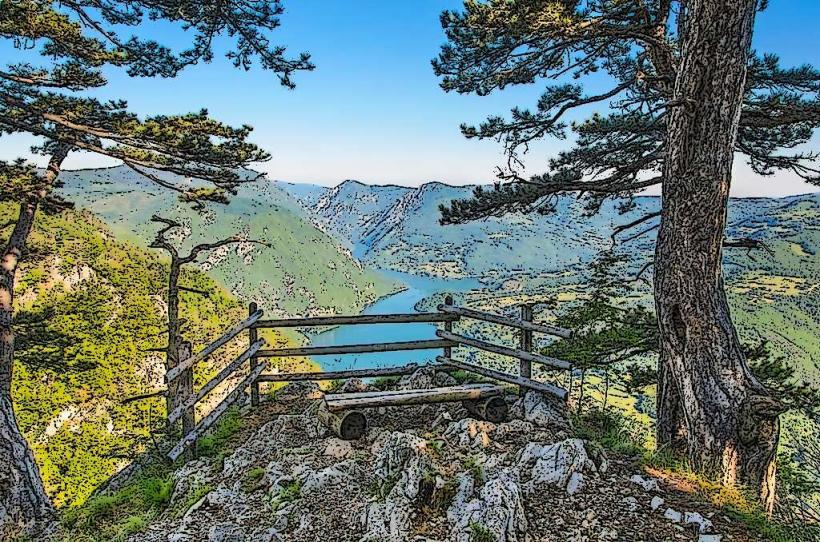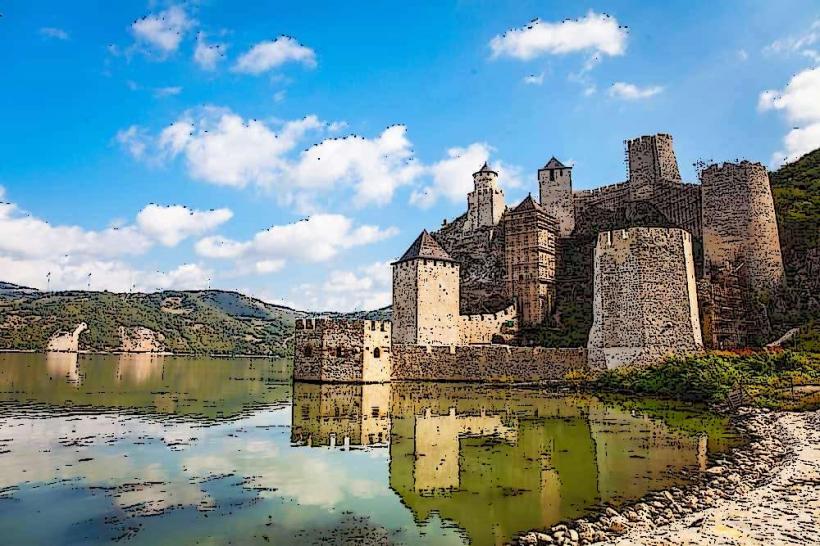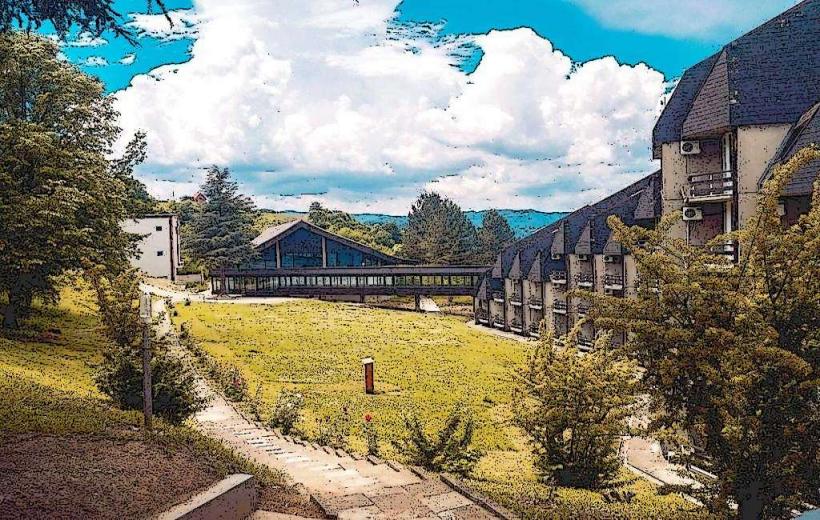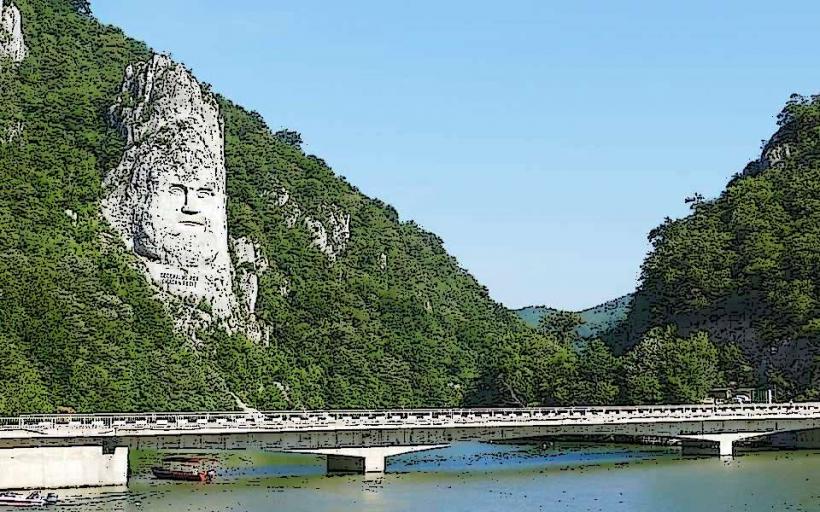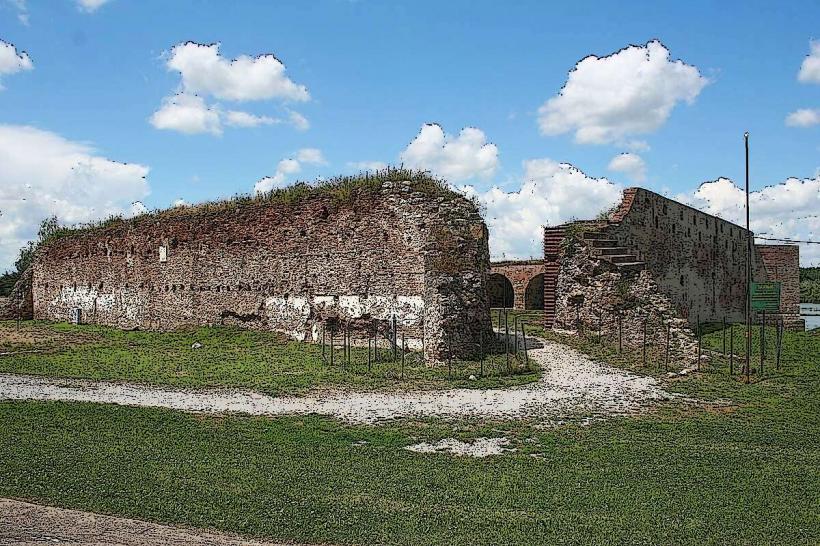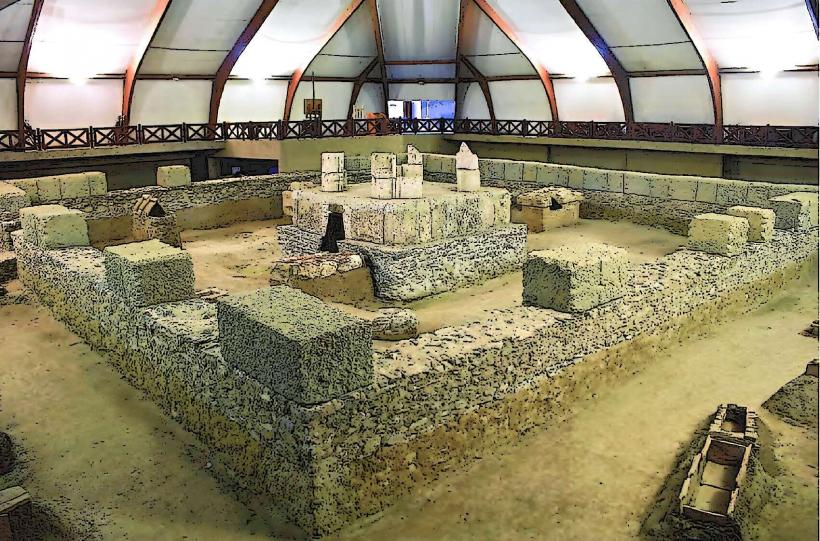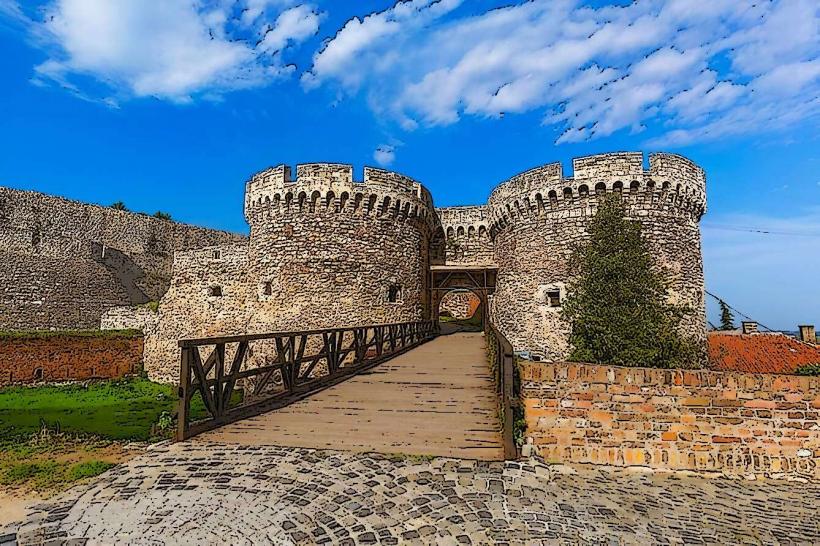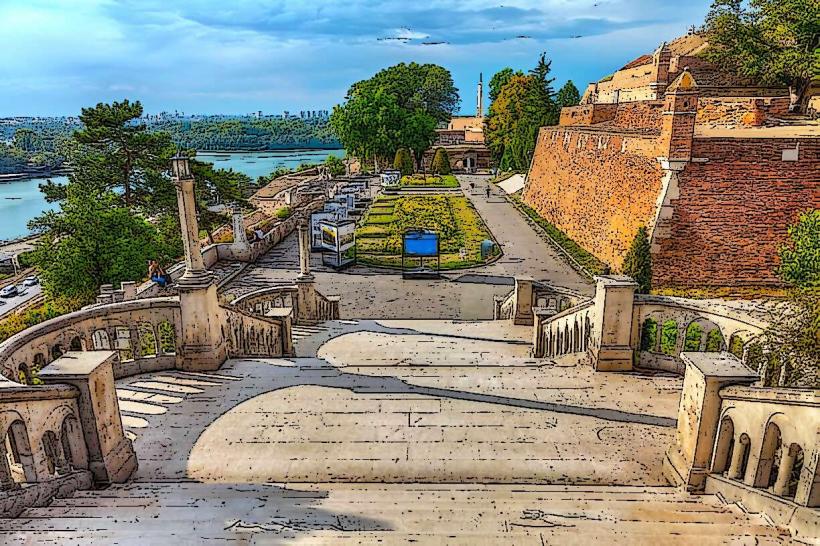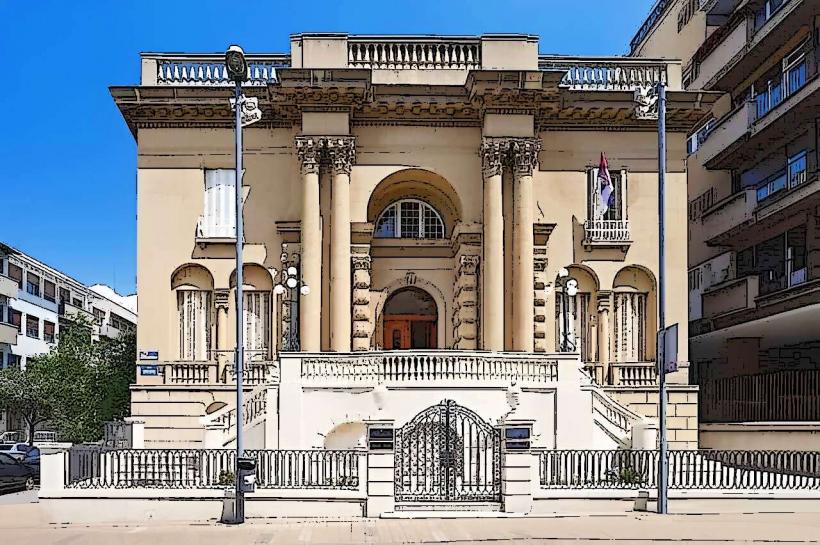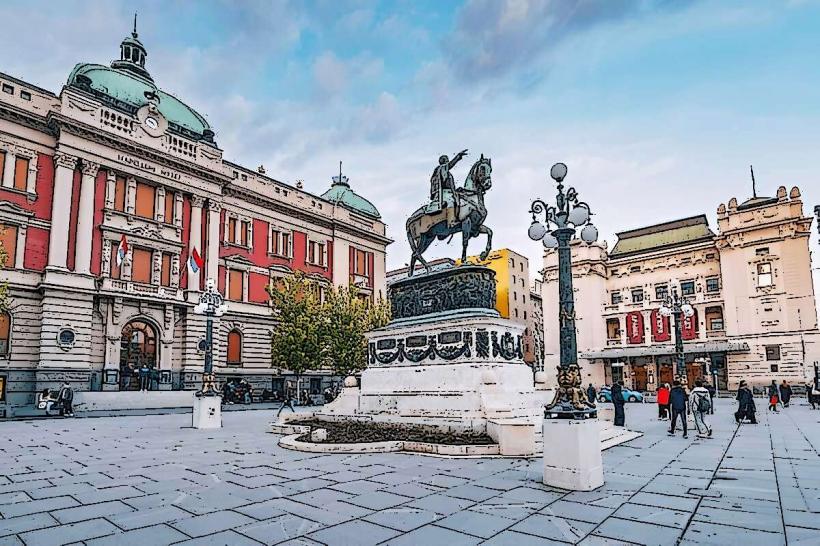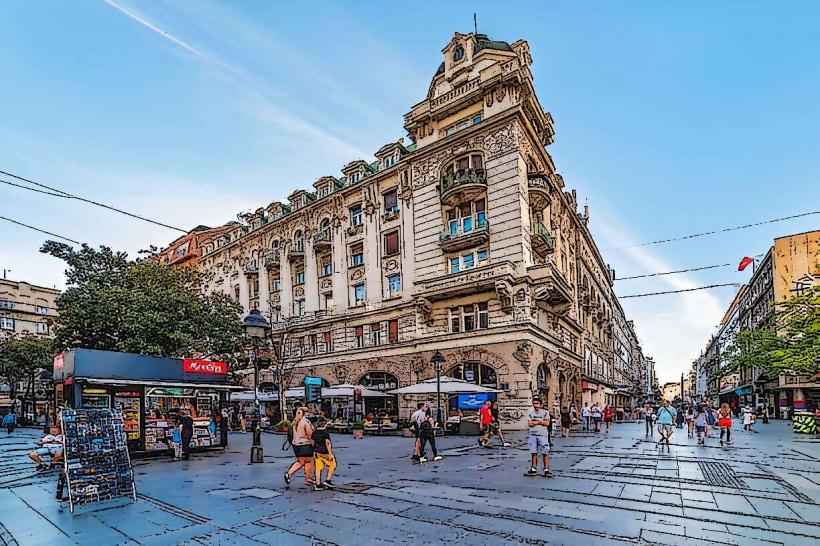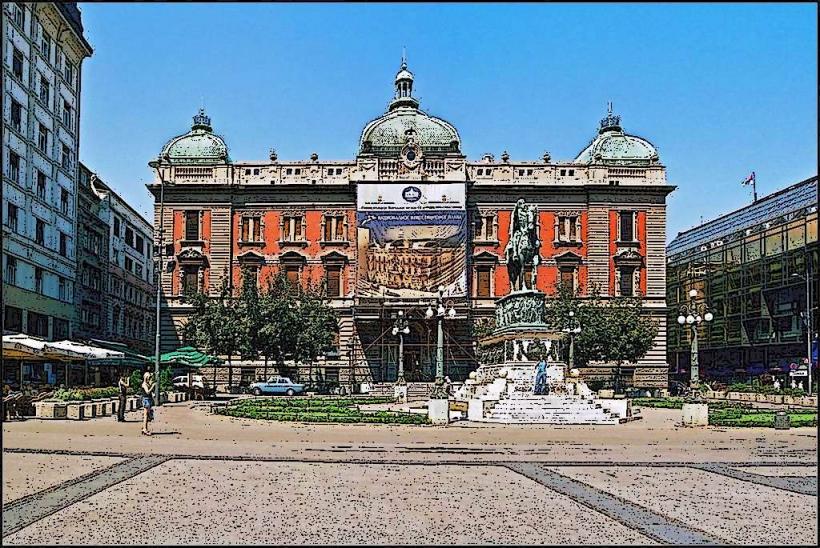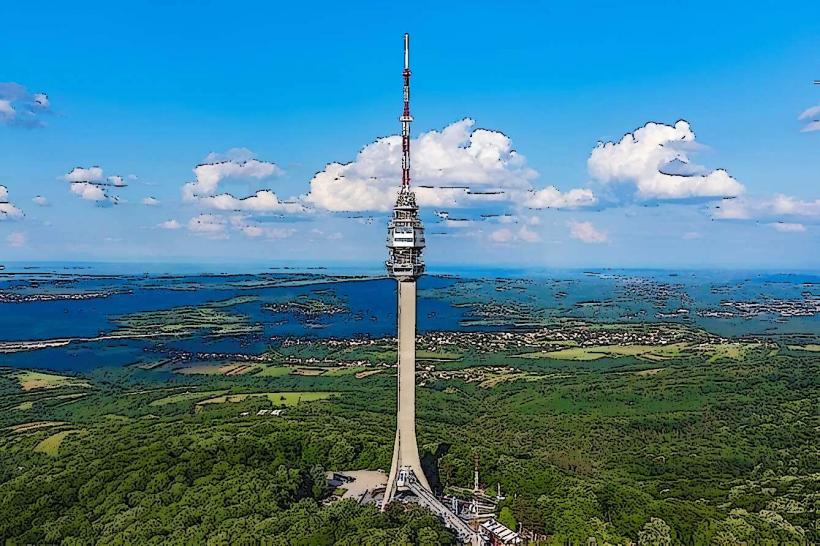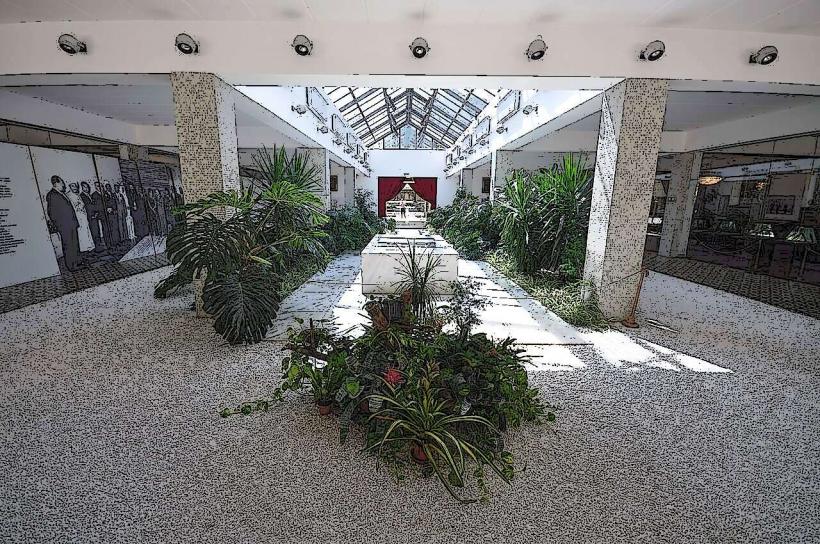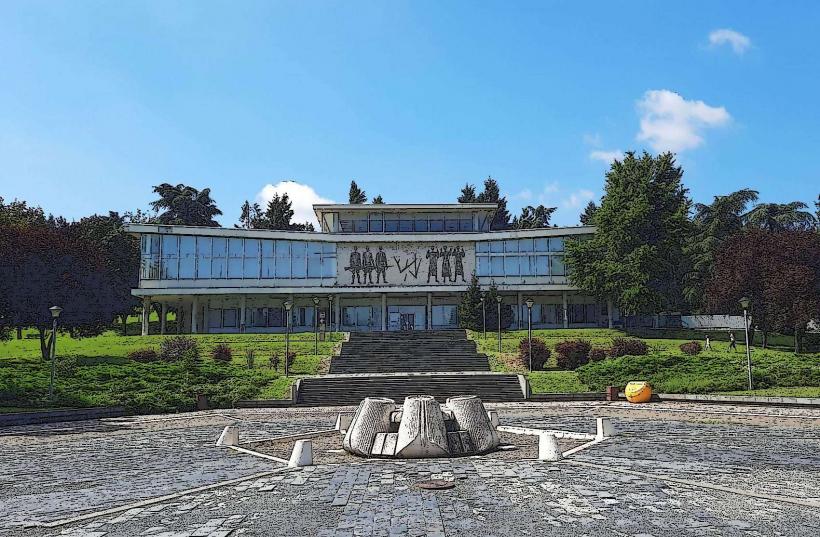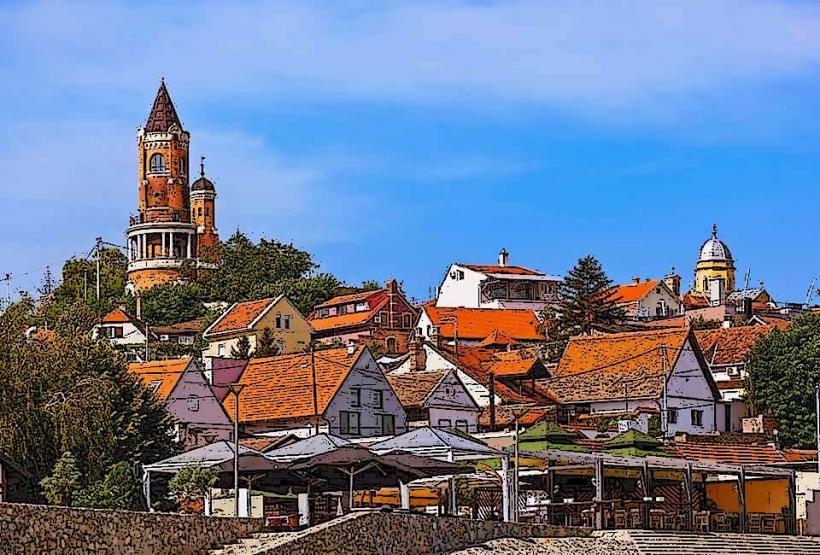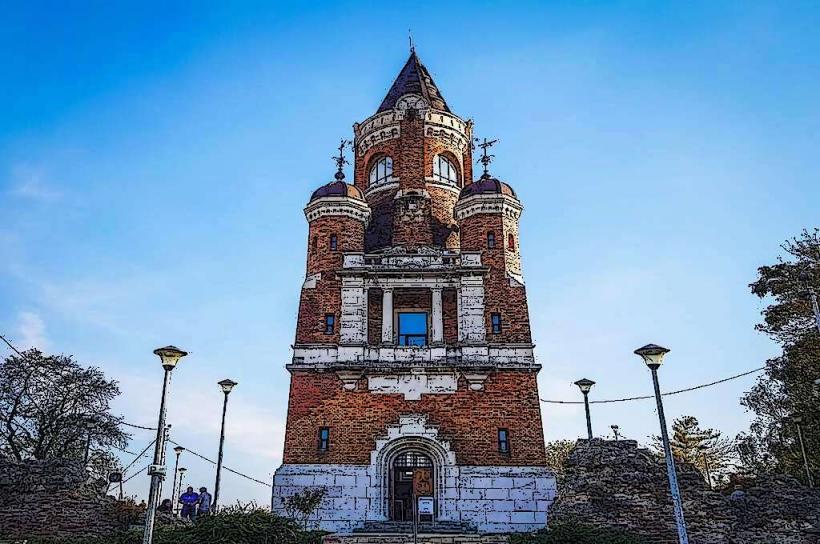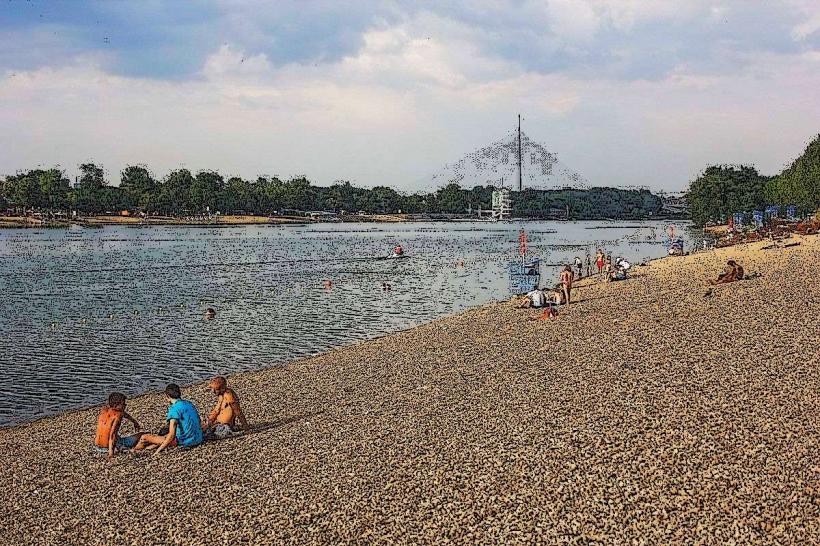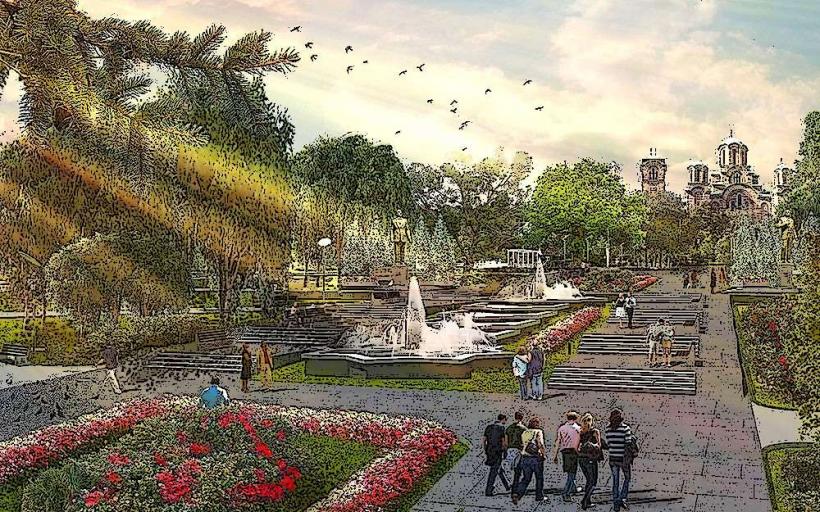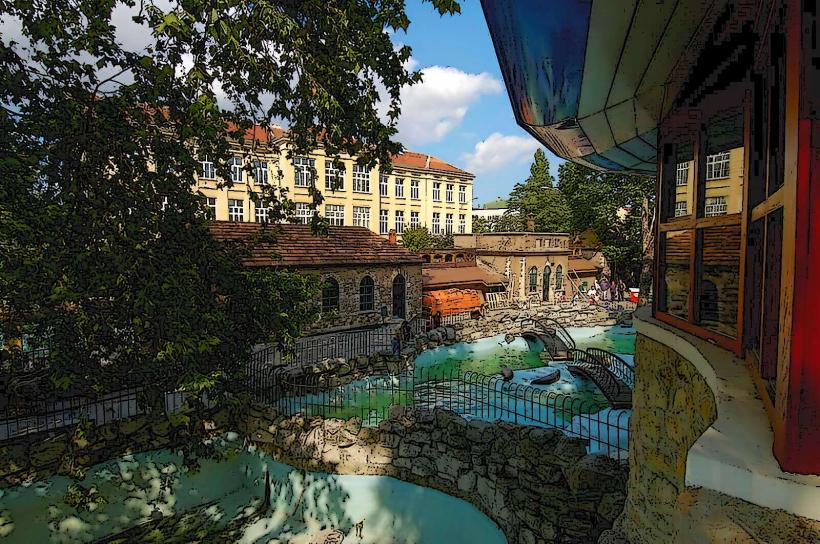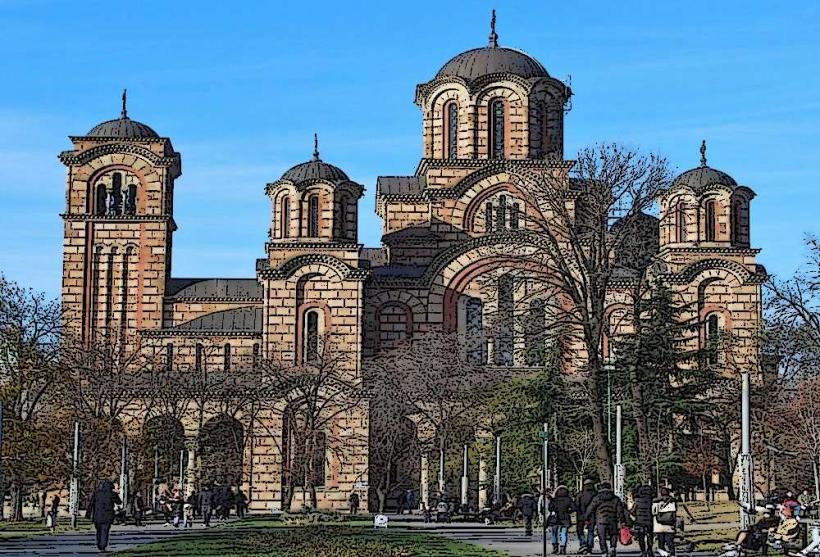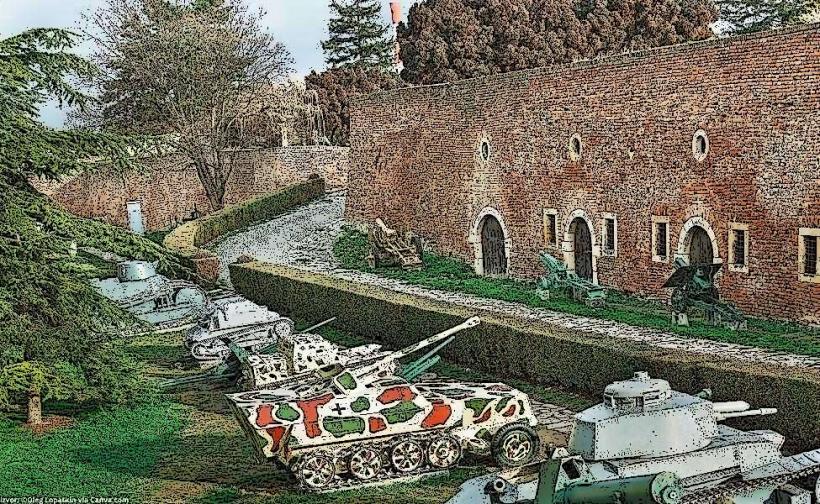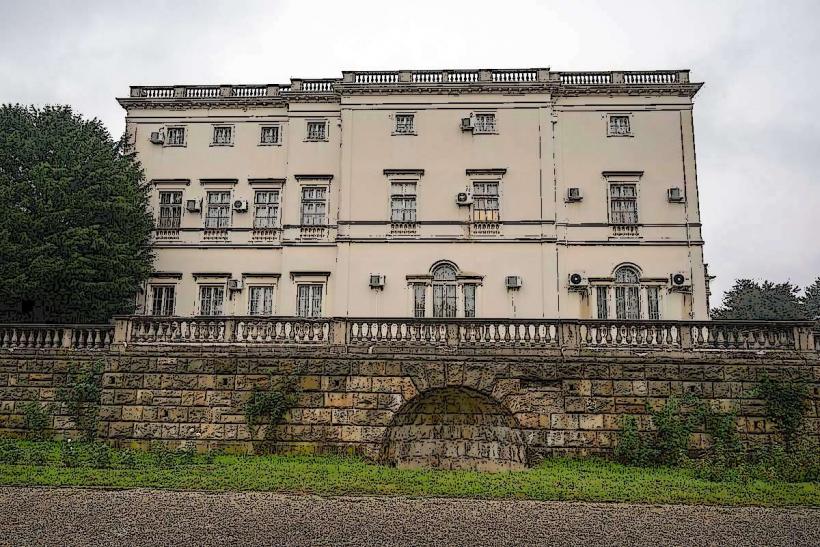Information
Landmark: Church of Saint SavaCity: Belgrade
Country: Serbia
Continent: Europe
The Church of Saint Sava (Hram Svetog Save) is one of the largest and most significant Orthodox Christian churches in the world. Located in Belgrade, Serbia, it is dedicated to Saint Sava, the founder of the Serbian Orthodox Church and an important historical and religious figure. The church stands as a symbol of Serbian spirituality, cultural heritage, and national identity.
Historical Background:
The idea of building a monumental church dedicated to Saint Sava originated in the 19th century, reflecting both a desire to honor the saint and to assert the importance of the Serbian Orthodox Church and its independence from the Ottoman Empire. The church was also conceived as a symbol of the Serbian people’s struggle for autonomy and religious freedom.
Saint Sava’s Legacy: Saint Sava (1175–1235) was the youngest son of Grand Prince Stefan Nemanja, the founder of the medieval Serbian state. He became a monk and later the first Archbishop of the Serbian Orthodox Church. His efforts to establish and strengthen Serbian Christianity, and his promotion of religious and cultural autonomy, earned him the status of a national hero and a central figure in Serbian history.
The church's construction was meant to honor Saint Sava's life and legacy, as well as to serve as a monumental testament to Serbian faith and history. The idea of building the church was particularly inspired by the fact that Saint Sava's relics were burned by the Ottomans in 1595 on the site where the church now stands.
Plans for the Church: The initial plans for the church were conceived in the mid-19th century, but construction did not begin until 1935, following the completion of a design competition. The church was envisioned as a national and religious symbol, not just for Belgrade, but for the entire Serbian nation. It took several decades for the construction to reach its current state, and much of the work has continued into the 21st century.
Architectural Features:
The Church of Saint Sava is an impressive example of Serbian Byzantine architecture, blending traditional Orthodox Christian church designs with modern elements. Its monumental size, intricate details, and stunning artwork make it a unique and captivating landmark in Belgrade.
Size and Scale: The church is one of the largest Orthodox churches in the world. It is built on a grand scale, measuring 91 meters in length, 81 meters in width, and with a dome that reaches 70 meters in height. The church can accommodate up to 10,000 people and is the center of the Serbian Orthodox Church in Belgrade.
Exterior Design: The exterior of the Church of Saint Sava is constructed from white marble, giving it a striking appearance. The building features a large central dome, as well as smaller side domes and bell towers. The church's façade is decorated with intricate mosaics, depicting scenes from the life of Saint Sava and other biblical themes.
The entrance to the church is marked by a grand portico with columns and arches, creating an imposing and awe-inspiring appearance. The design of the church incorporates elements of traditional Byzantine and Serbian architectural styles, with an emphasis on grandeur and light.
Interior Design: Inside, the church is even more magnificent. The interior features stunning mosaics, murals, and iconography, showcasing Serbian artistic heritage. The main altar is elaborately decorated with icons, and the nave is adorned with frescoes and mosaics of various biblical scenes and figures.
One of the most impressive features inside the church is the central dome, which is adorned with a large mosaic of Christ Pantocrator (Christ the Almighty). This mosaic is a monumental work of art, and the dome itself is a defining feature of the church's architecture. The interior also includes the chapel of Saint Sava, where visitors can pray and reflect.
Crypt and Relics: Beneath the main church lies the crypt, which contains relics and is intended to serve as a burial place for notable figures of the Serbian Orthodox Church. The crypt's design includes several chapels, each dedicated to a different saint, as well as beautiful mosaics and frescoes depicting scenes from the lives of the saints.
Mosaic Artwork: The mosaics within the church are some of the most significant artistic features. The mosaic iconography is based on the traditional Byzantine style but incorporates Serbian national themes, depicting scenes from the life of Saint Sava, as well as the history of the Serbian Orthodox Church and the nation.
Construction Timeline:
The construction of the Church of Saint Sava has taken place over many decades, with several periods of pause and renewal due to political and financial reasons. Here is a brief overview of the construction timeline:
Initial Foundation (1935): The first stone of the church was laid in 1935, but construction was interrupted by World War II and the political changes that followed in Yugoslavia. During this period, only the foundation and lower walls were completed.
Post-War Construction (1945–1980s): After the war, work on the church resumed, but at a slow pace due to political and financial difficulties. The church was a symbol of the resilience of the Serbian people, but its construction remained a long-term project.
Completion of the Exterior (2000s): By the 2000s, much of the exterior of the church had been completed, and the main dome was finished. The completion of the dome and other key elements marked a major milestone in the construction.
Ongoing Work (Present Day): While the main structure is largely finished, work continues on the interior and other details, such as the mosaics and the crypt. The Church of Saint Sava remains an active construction site, with various projects underway to complete its artistic and architectural features.
Cultural and Religious Importance:
The Church of Saint Sava is not just a place of worship but also a symbol of Serbian national identity and pride. It represents the religious and cultural heritage of the Serbian people and stands as a testament to their perseverance and devotion.
Religious Significance: The church is one of the most important religious sites in Serbia and is the primary cathedral of the Serbian Orthodox Church. It serves as the seat of the Patriarch of the Serbian Orthodox Church, and many important religious ceremonies and events are held there, including the annual celebration of Saint Sava’s feast day.
National Symbol: The Church of Saint Sava is also a symbol of the Serbian nation’s history, struggles, and triumphs. Its construction has been a national project that has spanned generations, and it is regarded as an enduring symbol of Serbia's religious, cultural, and historical heritage.
Tourism and Visitor Experience: The Church of Saint Sava is one of the most visited tourist attractions in Belgrade. Visitors come from all over the world to admire its monumental architecture, rich artwork, and spiritual significance. It is a place for both worship and reflection, and it offers a peaceful escape from the bustle of the city.
Conclusion:
The Church of Saint Sava is a monumental religious and cultural landmark that embodies the spirit of Serbia. Its immense scale, intricate artistry, and rich history make it a must-see destination for anyone visiting Belgrade. The church is not only an architectural marvel but also a symbol of the enduring faith, history, and identity of the Serbian people.

